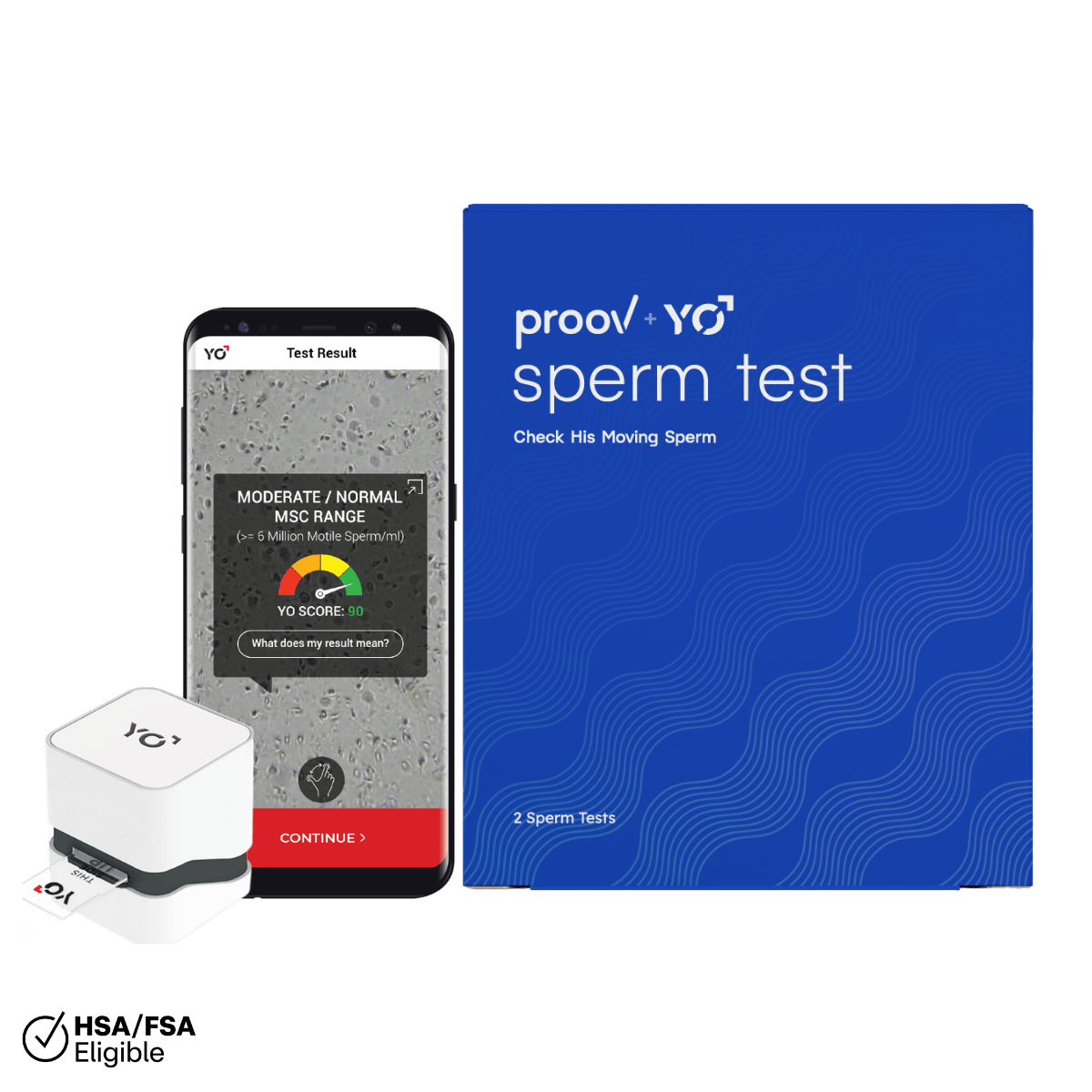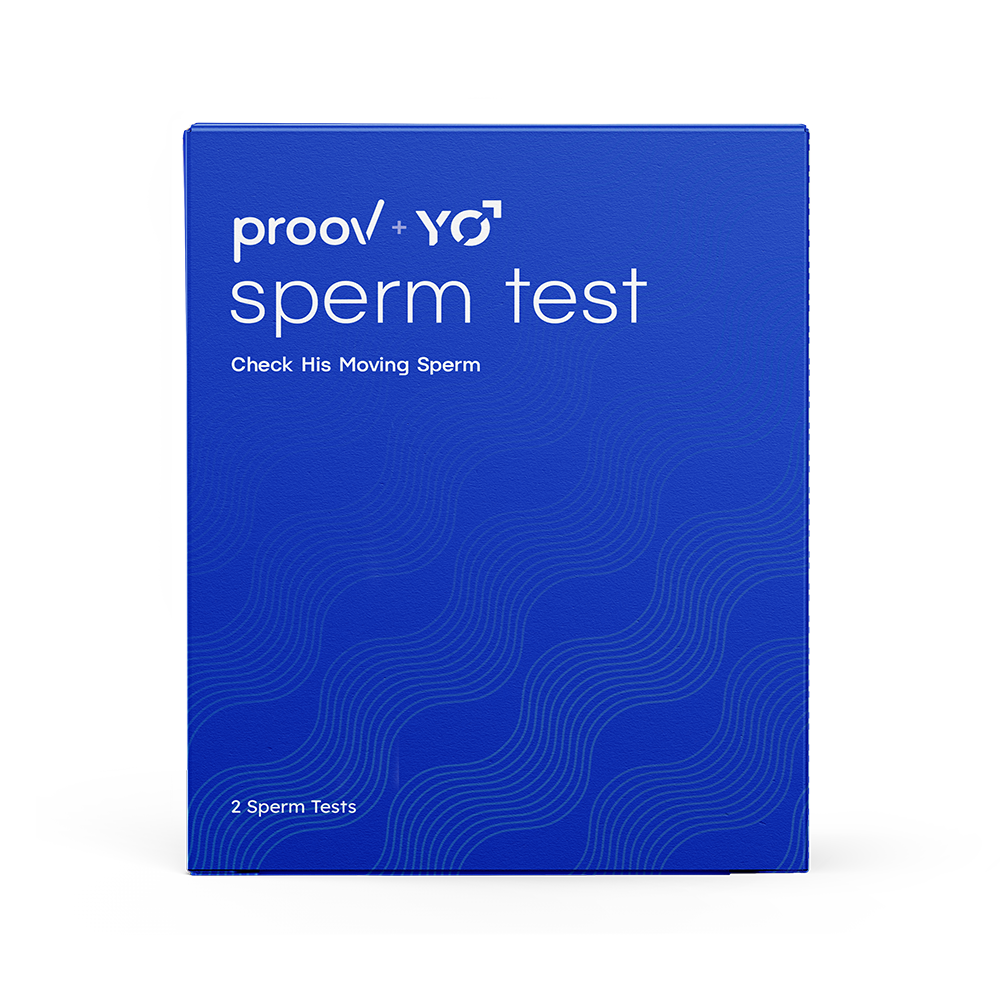Written by: Dr. Amy Beckley, PhD, Founder and Inventor of the Proov test — the first and only FDA-cleared test to confirm successful ovulation at home.
Written on 7/6/21
If you’re familiar with Proov, you probably know that progesterone is so important. Lower than ideal levels can lead to symptoms like PMS, spotting, and menstrual cramps.
There are many methods for improving progesterone, including progesterone creams. While the effectiveness of creams is still up for debate, understanding the best places to apply it can ensure you get the best results! Keep reading to learn more.
What is progesterone cream and why would I use it?
Progesterone cream is a lotion-based form of hormone replacement therapy, usually containing bio-identical progesterone, originally created for women going through the perimenopausal transition.
However, low progesterone can impact any woman regardless of her age. If you’re trying to conceive, low progesterone can lead to early miscarriage and even infertility.
Transdermal progesterone treatment (i.e. progesterone cream) was initially marketed to premenopausal and menopausal women, with promises of relieving symptoms like hot flashes, decreased libido, anxiety, mood changes, sleep disorders, and vaginal dryness. Often, women will use progesterone creams to diminish the effects of estrogen dominance.
Low progesterone is also responsible for premenstrual symptoms. From mood swings, irritability and depression, to bloating, breast tenderness and water retention, PMS symptoms can affect the emotions and physical wellbeing of many women. Some imbalances may be very mild, and can be easily corrected with diet and lifestyle changes. When those options don’t work, progesterone cream may be an option.
How do I know if I have low progesterone?
Progesterone is supposed to be low at the beginning of your cycle and should rise after ovulation during your luteal phase. A healthy luteal phase lasts at least 11 days and its length is sustained by optimal progesterone levels. Anything shorter than 11 days means your progesterone levels may be dropping too early (also known as a luteal phase defect).
There are two ways to find out what your post-ovulation progesterone levels are:
Serum progesterone blood test
Serum progesterone blood tests are usually performed around 7 days post ovulation in a lab. Serum levels fluctuate a lot during a 24-hour period, which is why one single test is considered non-diagnostic. Blood tests can really only confirm whether or not ovulation occurred, but fall short of providing much information about the health of your luteal phase.
Ideally, if you want to make sure your levels remain adequately elevated for long enough during the luteal phase, you’d need to have your progesterone tested in blood at least 2-3 times over several days (ouch!) then take the average of those results.
PdG (progesterone metabolite) test
PdG testing is a less invasive alternative to blood testing, as it measures the amount of PdG in urine. After it circulates through your blood, progesterone is metabolized by your liver and excreted in your first morning urine as PdG.
Proov PdG tests are the first and only FDA cleared PdG tests to confirm successful ovulation at home. Proov PdG tests can not only confirm ovulation, but they can also confirm ovulation was “successful,” meaning PdG levels remained elevated for long enough to allow for the best possible chance at conception.
We like to see 3-4 positive PdG tests on days 7-10 past peak fertility, with a positive result on day 10, to confirm that successful ovulation did in fact occur. If you get anything less than 3 positive PdG tests or do not get a positive result on day 10 past peak, this could indicate “weak” ovulation or low PdG levels.

Proov PdG tests are the first and only FDA cleared PdG tests to confirm successful ovulation at home.
Where do I apply progesterone cream?
The main issue with progesterone cream is that the skin is a thick barrier and creams are not easily absorbed. Because of this, it is important to know where to put progesterone cream. You should apply the cream on areas where your skin is thinner, such as your wrists or ankles.
With ways on how to apply progesterone cream, some women have reported that applying cream repeatedly in the same area may lead to irritations, so it might be a good idea to routinely switch up where you are applying progesterone cream.Most progesterone creams can be applied to virtually any part of your body: stomach, inner arms or thighs, behind the knees, or even on your breasts. If you need specific suggestions, please reach out to your doctor.
Is progesterone cream effective?
This is a tricky question! Most progesterone creams are sold over the counter as beauty products and because of this, are not highly regulated by the FDA. This means it’s our job as consumers to ensure we’re buying the best quality product as possible, which is hard since ingredients, quality, and amount of progesterone varies brand to brand.
If we’re looking solely at the science, most studies on transdermal progesterone cream have been done on menopausal women. Some of these studies showed no improvement of their menopausal symptoms.
Other studies showed that when taken for a long enough period of time, progesterone cream can alleviate menopause symptoms.
So far there is no research confirming the efficiency of progesterone cream for fertility and pregnancy. Anecdotal evidence shows both success and failure, depending on the kind of cream used and seriousness of the hormonal imbalance.
If you’re still interested in trying progesterone cream, there are a few things we recommend considering when it comes to quality. Good creams should have:
- Natural ingredients
- USP progesterone
- An appropriate dosage. Creams can contain anywhere from 25 to 250 mg per dose. We recommend consulting your doctor if you have questions about the appropriate dosage for you.
- Vitamin E. Studies show that Vitamin E can contribute to luteal phase improvement.

If you’re considering progesterone cream, we recommend paying close attention to the ingredients to ensure quality.
Are there more effective alternatives to progesterone cream?
Absolutely! There are plenty of alternatives to progesterone creams, both over-the-counter and with a prescription.
Progesterone oil is a great alternative to progesterone creams. While both are transdermal products, oil facilitates better absorption and increases progesterone solubility, which makes it penetrate the skin faster than the cream. Also, the shelf life of progesterone oil is longer than that of creams and oil-based products allow a higher concentration of progesterone than creams do.
When diet, exercise, and over-the-counter methods don’t work, you might need to talk to your doctor about prescription progesterone. Recent studies show that progesterone supplements are the most efficient in preparing your body for pregnancy, in case you have a progesterone deficiency.
The more you know about progesterone cream and other options for improving progesterone levels, the more informed decisions you can make for your unique body!












